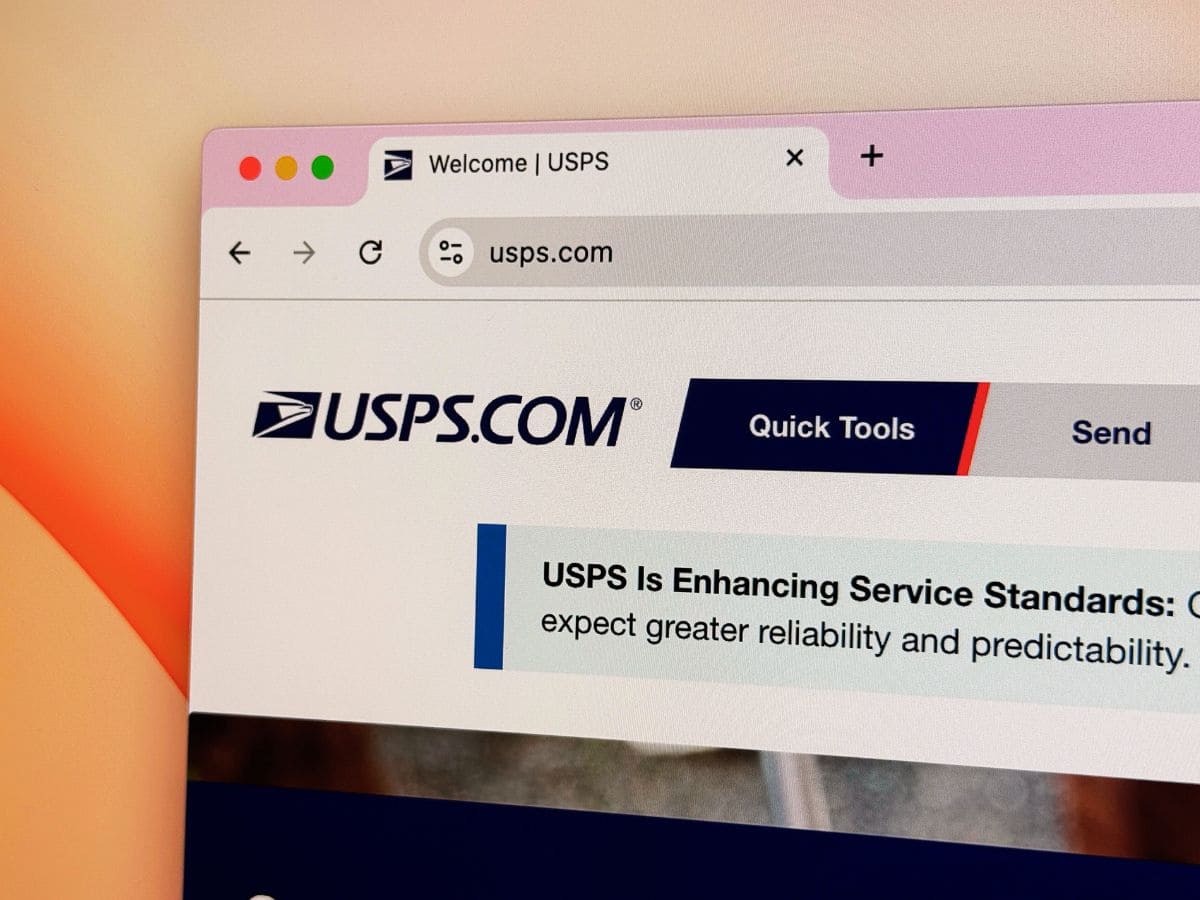As of today, April 2, the United States Postal Service (USPS) is rolling out the first phase of its long-term modernization plan, “Delivering for America,” which aims to save $36 billion over the next decade. These changes are designed to cut costs, increase efficiency, and improve service quality—though not everyone is convinced the outcomes will be positive.
The initial steps include reducing work hours, closing underused facilities, and streamlining mail distribution networks. According to USPS, these efforts will not delay mail delivery and are intended to offer better tracking and transparency for customers. But in communities like Chicopee, Massachusetts, where local residents have already voiced skepticism, concerns are growing about how these changes may disproportionately affect rural areas and low-income populations.
Concerns Grow Over Rural Impact and Service Reliability
According Yahoo, Michael Memnaugh, a Chicopee resident, spoke to local media about his doubts:
“I’m not happy with how things are right now, but then again, change is inevitable. It’s funny how the little guy always puts up with the most sacrifice,” he said.
Meanwhile, the Postal Regulatory Commission (PRC) has raised alarms that USPS may be underestimating the real impact of these changes, particularly in underserved areas. The PRC reports that 49.5% of ZIP code pairs are likely to see downgraded service for single-piece First-Class Mail, in part because USPS lacks a tracking system at the five-digit ZIP code level. Current service standards are based on three-digit ZIP groupings, which may mask localized delays.
In response, USPS argues that the majority of mail and package volume originates within 50 miles of a regional processing and distribution center, allowing for continued timely deliveries, even to rural zones. The organization also encourages customers to use USPS online tools to check for updated delivery expectations.
This is just the beginning. The next phase of USPS’s reform plan is scheduled to take effect on July 1, expanding changes to additional regions.
USPS Reform Timeline and Expected Impacts
| Phase | Start Date | Key Measures | Potential Effects |
|---|---|---|---|
| Phase 1 | April 2, 2025 | Reduced work hours, facility closures, network restructuring | Possible changes in delivery times, concerns in rural areas |
| Phase 2 (planned) | July 1, 2025 | Expansion of reforms to more regions | Further logistical adjustments and regional service changes |
The coming months will be critical in determining whether USPS can truly modernize its network without compromising its commitment to universal service. Lawmakers, regulators, and communities alike will be watching closely to see whether the benefits outweigh the potential setbacks.








